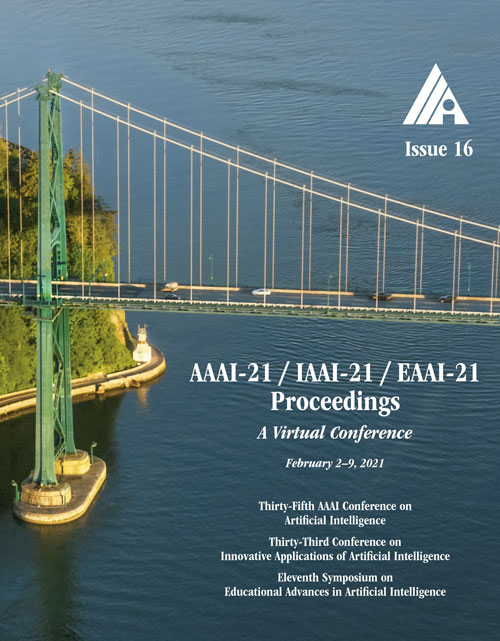Deep Open Intent Classification with Adaptive Decision Boundary
DOI:
https://doi.org/10.1609/aaai.v35i16.17690Keywords:
Conversational AI/Dialog Systems, (Deep) Neural Network Algorithms, Classification and Regression, Anomaly/Outlier DetectionAbstract
Open intent classification is a challenging task in dialogue systems. On the one hand, it should ensure the quality of known intent identification. On the other hand, it needs to detect the open (unknown) intent without prior knowledge. Current models are limited in finding the appropriate decision boundary to balance the performances of both known intents and the open intent. In this paper, we propose a post-processing method to learn the adaptive decision boundary (ADB) for open intent classification. We first utilize the labeled known intent samples to pre-train the model. Then, we automatically learn the adaptive spherical decision boundary for each known class with the aid of well-trained features. Specifically, we propose a new loss function to balance both the empirical risk and the open space risk. Our method does not need open intent samples and is free from modifying the model architecture. Moreover, our approach is surprisingly insensitive with less labeled data and fewer known intents. Extensive experiments on three benchmark datasets show that our method yields significant improvements compared with the state-of-the-art methods.Downloads
Published
2021-05-18
How to Cite
Zhang, H., Xu, H., & Lin, T.-E. (2021). Deep Open Intent Classification with Adaptive Decision Boundary. Proceedings of the AAAI Conference on Artificial Intelligence, 35(16), 14374-14382. https://doi.org/10.1609/aaai.v35i16.17690
Issue
Section
AAAI Technical Track on Speech and Natural Language Processing III

